Jones was not feeling quite well when he woke up in the morning. A few hours later, he goes to see his primary care physician. His doctor asks some questions to file in his hospital records, then asks him to run some tests. Tests out, Jones is referred to a specialist.
At the specialist's, Jones is interviewed again for the hospital records. Then he is asked to run some tests again.
Jones might see other physicians in the course of treating his ailment. Each of them will keep a separate record of his medical history, so he will retell his story at each point. He may also have to repeat the same tests at each physician's.
A centralised health record system
Jones' story above is the current reality in most parts of the world. Every health facility keeps its own version of a patient's health history without one having access to the other's. Patients' personal health records are facilitated, maintained, and controlled by each provider. The result is a fragment of each patient's health records scattered about offices.
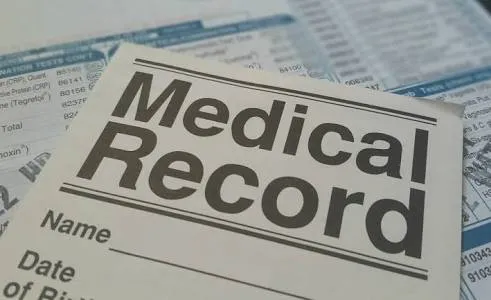
Routine tasks wear the patient out and repeated tests increases the cost of medical care. Also, without a wholistic view, treatment is often inadequate.
Slow digitization
Coming to the realisation that patient engagement improves medical care, and identifying patient access to personal health record as key to patient engagement, the government in some developed nations mandated medical institutions to move from paper-documentation to electronic documentation.
But the transformation has been slow. A good number of institutions in these places still rely on paper documentation and this means that patients have little, if any access to their own health institution-managed health records. Electronic Public Health Records on the other hand are institution- controlled.
Aside this, the data storage system is neither secure nor reliable.
Stringent privacy laws
Medical data analysis is required by researchers for medical breakthroughs. However, the world over, medical data comes under stringent privacy laws which regulate who can access it and under what conditions, preventing even researchers from accessing it.
At the end of the day, only the patient mostly has legal access to his personal health records. Perhaps he might be able to give a researcher access to this controlled information then? Sadly, there's a twist: in most places, as earlier mentioned, institution-controlled medical data is not accessible to even patients.
Thus, what is obtainable is a situation where patient information is illegally leaked without his consent.
The government has since adopted the Universal Health Records system as the panacea to the problems associated with patient medical data. But little has been done in this area. Most institutions that are moving in this direction still run institution-tethered portals where patients cannot access their medical records from other instituitions.
MediBloc - a Unique and Ideal Solution

MediBloc is a blockchain based, universal, patient-centric personal health record (PHR) platform. MediBloc has its own blockchain platform, a ER-20 blockchain on which developers can create services using the open-source API and SDK.
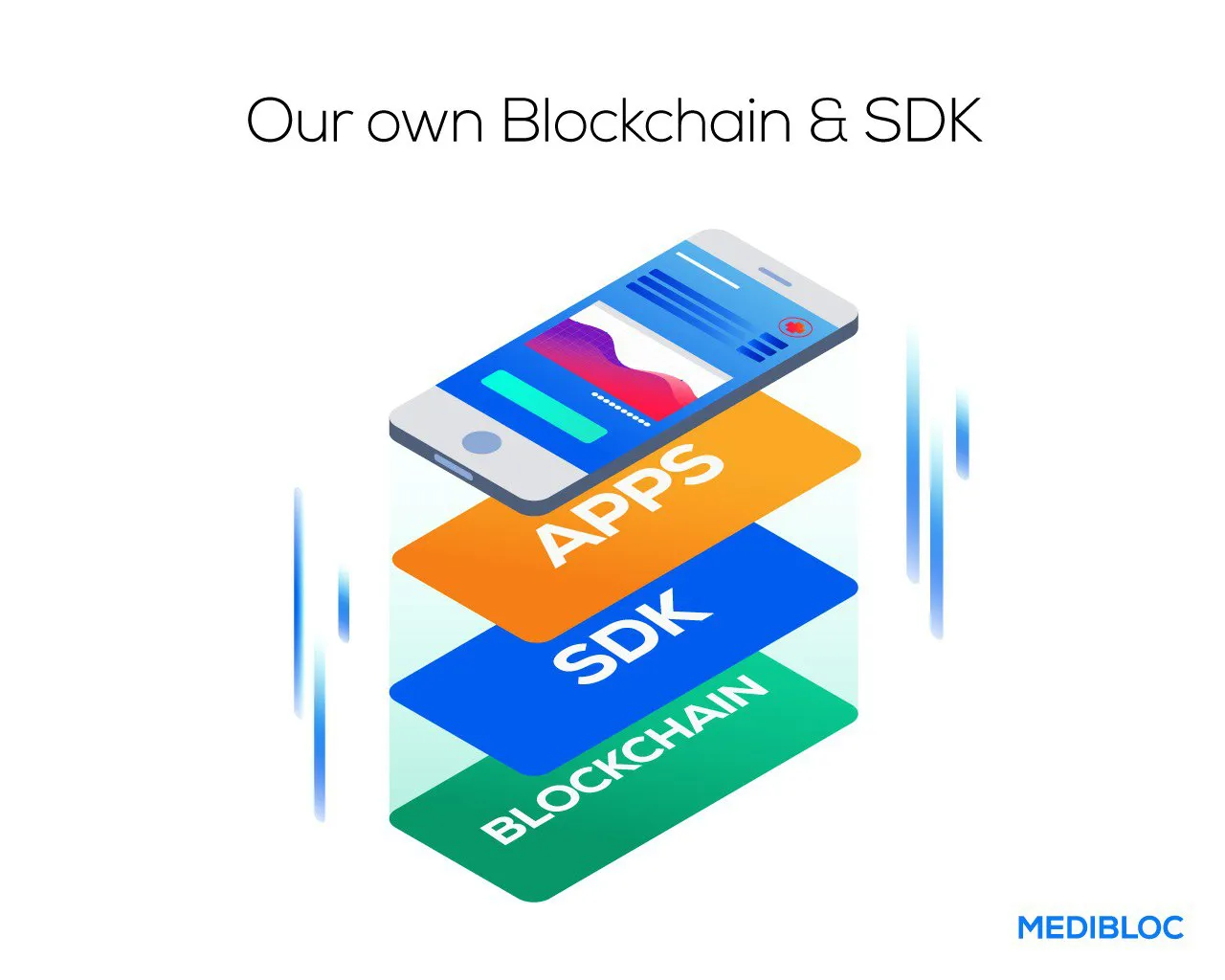
Health institutions, health insurance companies and researchers will be active participants in the MediBloc ecosystem.
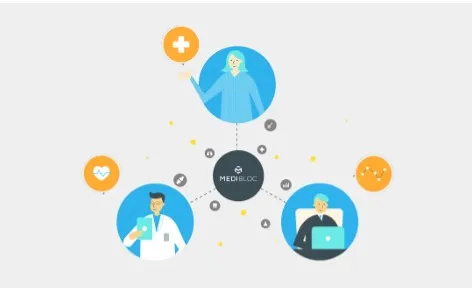
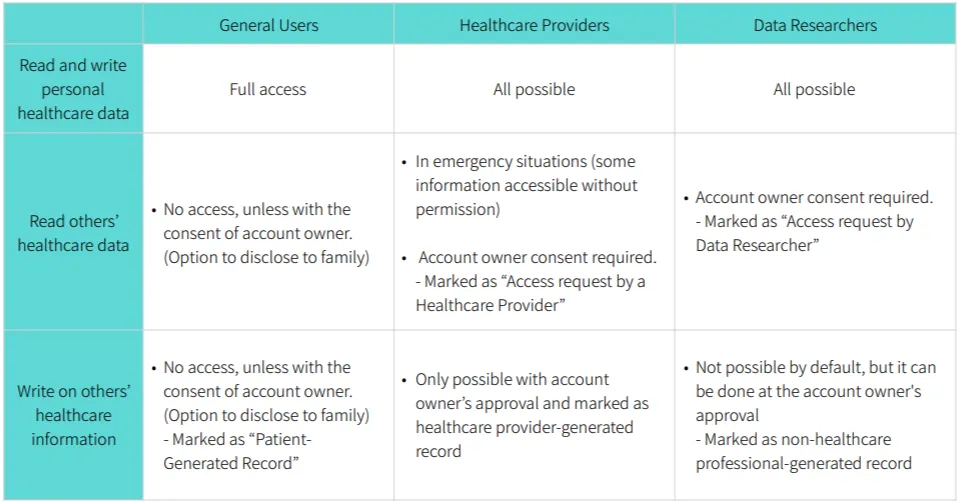
MediBloc operates accounts with flexible options.
MediBloc unifies patients' personal health records from various instituitions. With MediBloc, patients can finally have all their health records in one place. And unlike what is prevalent, the platform entrusts the control of medical data to patients, allowing them to share their data with their doctors, medical institutions, and with researchers.
Patients can choose to give permission to any of these people to access their health data. Patients are rewarded when they choose this option. Researchers can reward patients with the platform token. MediBloc uses two tokens: MED and MEDX.

For the purpose of security of data, MediBloc records patients' medical data offline but records its hash value on the blockchain and constantly updates it. This is an assurance that instances of data loss cannot arise.
The blockchain - a most fitting platform

MediBloc presents the blockchain as the ideal solution to the patient medical data- associated problems because of its unique features which creates a round-peg-in-a-round hole situation. Automatically, the properties of the blockchain become advantages on the MediBloc platform:
The blockchain is decentralised. This forms the foundation for a patient-centered health records system compared to the current institution-tethered system.
The decentralisation of the blockchainalso makes the platform accessible to all and a perfect setting for interoperability of records that are uncontrolled by any institution.
The blockchain is transparent. This gives a high degree of confidence in activities on the platform.
Information put on the blockchain is reliable as it is based on smart contracts
Information put on the blockchain is secure as transactions on the blockchain cannot be changed.
The blockchain is incentivised. The use of tokens on the blockchain ecosystem ensures that deserving members are rewarded. The reward system in the MediBloc ecosystem is unique to blockchain technology and will play a huge part in making the platform a success.
Patients who give researchers access to their personal data will be rewarded. This will encourage many to sign up for it. Also, rewarding companies who provide data on the platform will have a similar impact.
Benefits of MediBloc
MediBloc will transform the personal health records system with the many benefits of a Universal Health Records System:
Having all of patients' medical data in one place simplifies the medical process for the patient, physician and instituition. Patients record is better coordinated and patient data becomes easily accessible to physicians leading to wholistic treatment.
It speeds up the medical process as the time that would have been spent in coordinating results of medical tests conducted in separate facilities and other records is eliminated.
It eradicates duplicated tests and its attendant costs, making medical care cheaper.
There is better health care on the whole for patients. The essence of a universal health records system is to promote patient education and foster patient engagement. With complete access to their health information, patients become more interested in their treatment and work better with their physicians.
With patients consent, researchers will have unprecented access to data for medical research, leading to increased medical advancement. Both the patient ànd researcher are still working within the privacy laws but patients will be able to contribute to researches for medical advancement.
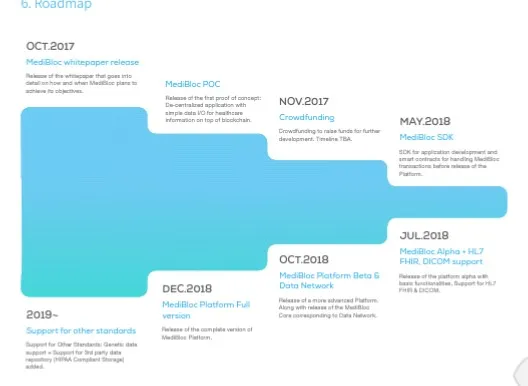
Conclusion
Without a doubt, the MediBloc platform is the ideal solution to the chronic personal health records dilemma. It gives patients unlimited access to their personal health records, unifies the current fragmented patients' health records in various institutions and give control to the patient.
As discussed, this is an immensely beneficial phenomenon to all. Healthcare will be more convenient for patients and they become more engaged in their treatment.
Healthcare management is also easier for the physician who can now access all of the patient's record in one location. More qualitative, yet, less expensive healthcare is achieved.
Researchers will also be able to access data for research like never before, fostering global medical breakthoughs.
Ultimately, MediBloc paves the way for a qualitative healthcare and medical developments.
I look forward to its monumental impact on the global health records system.

You can find more information on MediBloc's website
medibloc2018
This is my entry for the MedibBloc- sponsored @Originalworks contest. You can find the contest here.